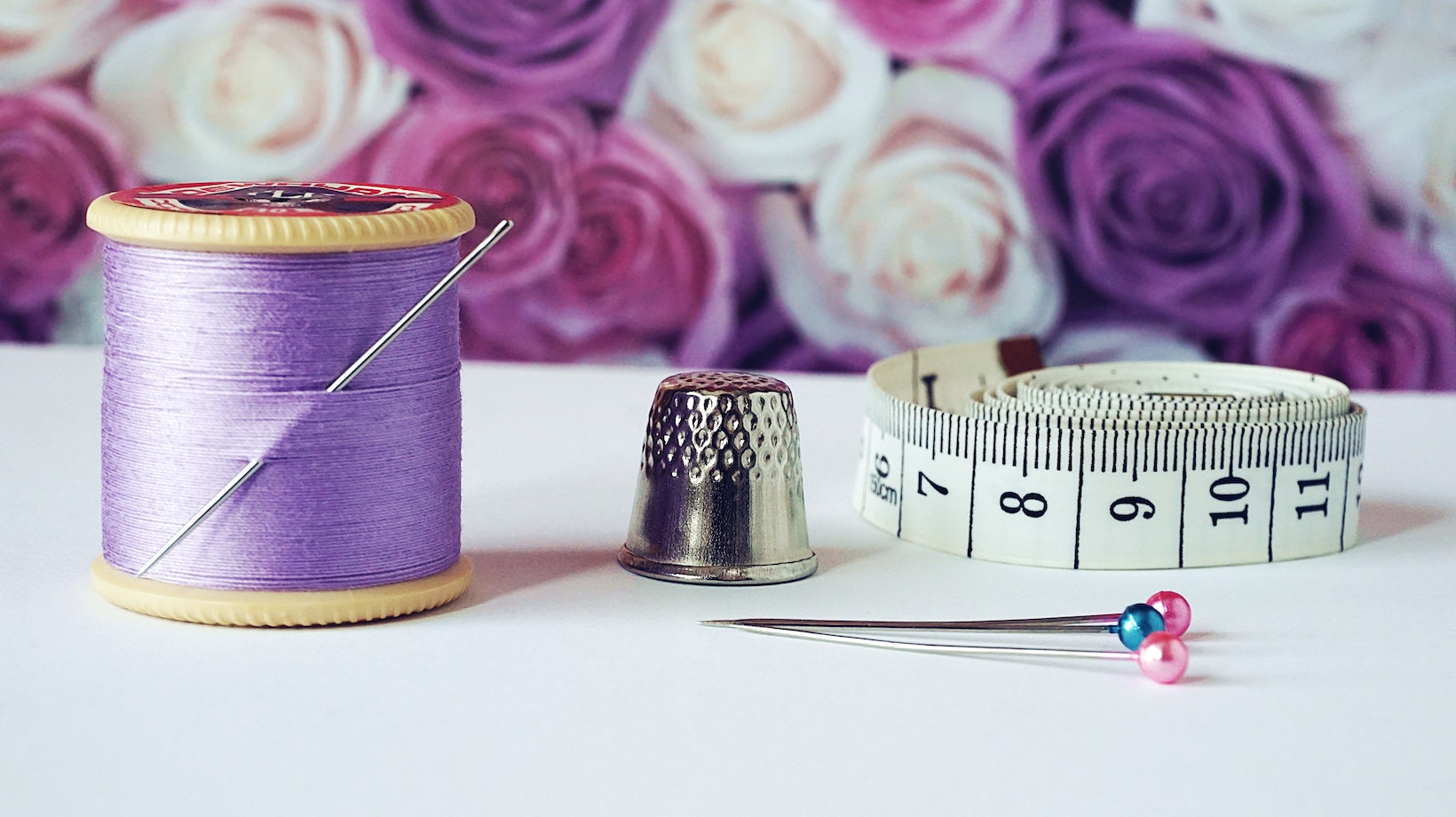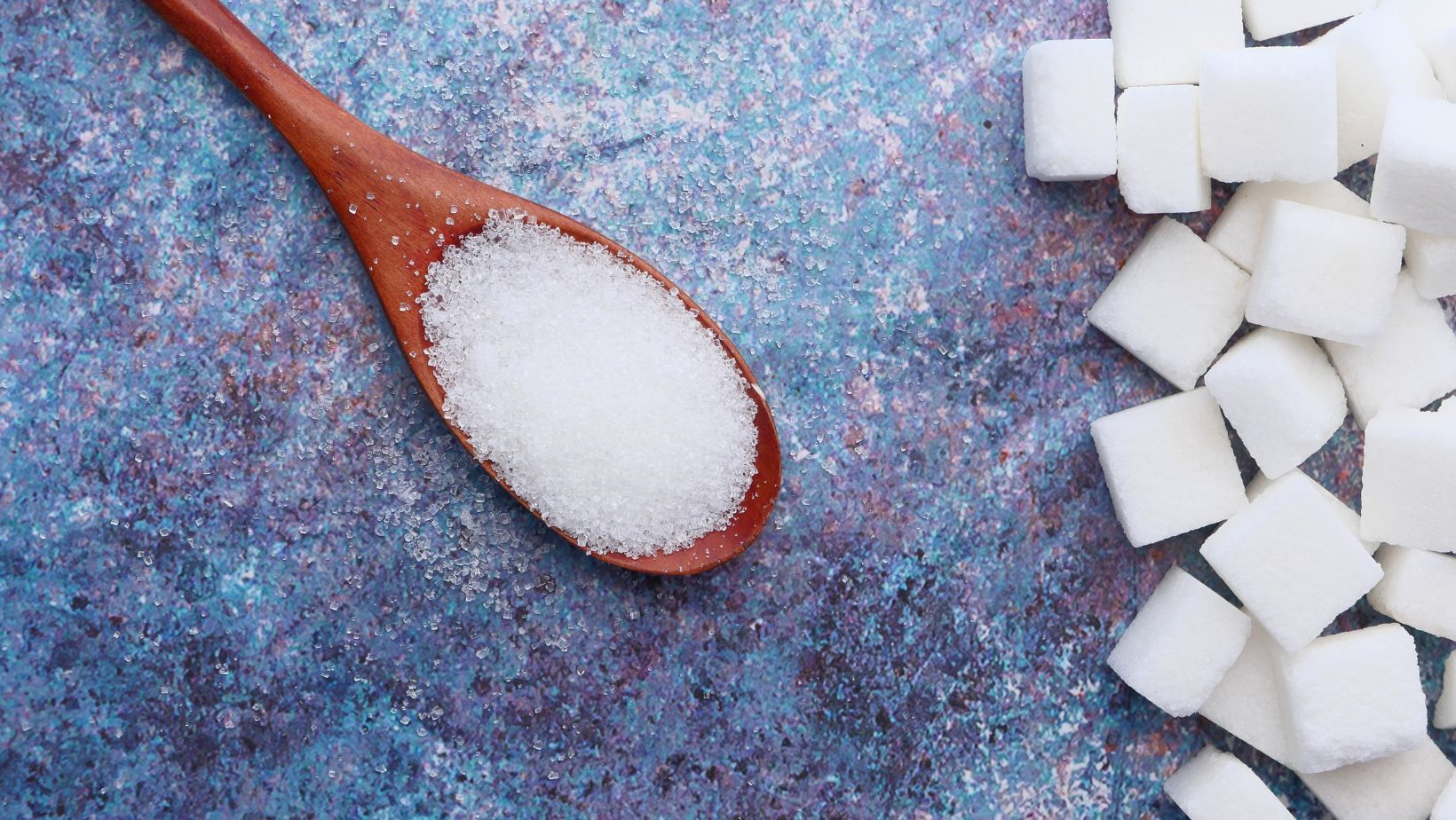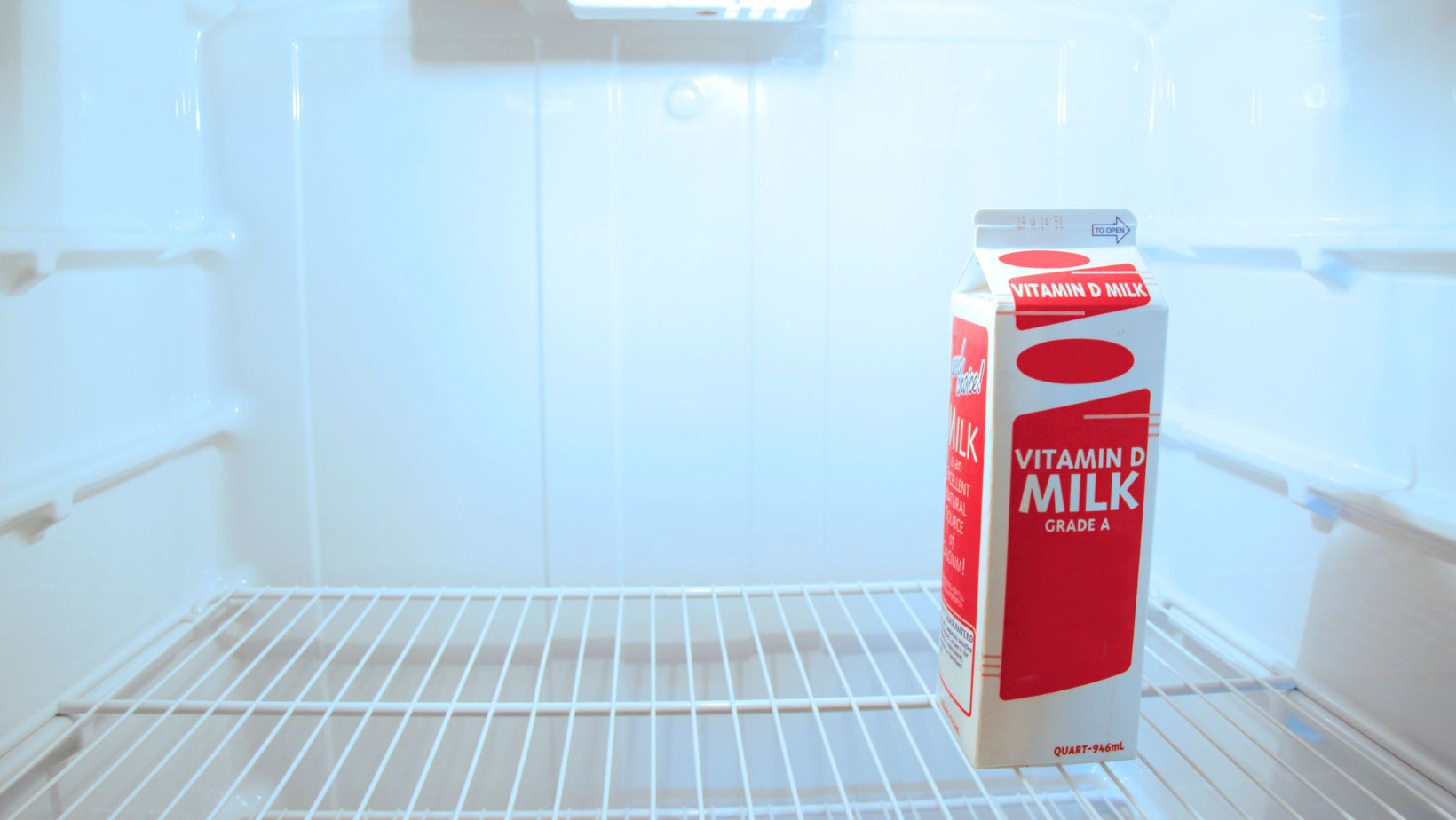Unraveling The Mystery Of Liquor Measurements: How Many Ounces Is In A 750 Ml Bottle

How Many Ounces Is In A 750 Ml Bottle
If you’re wondering about the conversion from milliliters to ounces, specifically in relation to a 750 ml bottle, let me clear that up for you. A 750 ml bottle is equivalent to approximately 25.36 ounces. This measurement can be useful when comparing volumes or determining serving sizes.
Understanding the conversion between milliliters and ounces is valuable, especially if you frequently encounter both measurements in different contexts. In this case, knowing that a 750 ml bottle is roughly equal to 25.36 ounces allows for easier comprehension and comparison of quantities.
Whether you’re planning a gathering and need to estimate how many servings are in a 750 ml bottle or simply curious about the volume conversion, knowing that it equates to around 25.36 ounces can be quite handy. So next time you come across a 750 ml bottle, remember that it’s approximately equivalent to 25.36 fluid ounces!
The Standard Size For Wine Bottles
When it comes to wine bottles, there are various sizes available, each serving a specific purpose. One of the most commonly found sizes is the 750 ml bottle. Many wine enthusiasts might wonder how many ounces are in a 750 ml bottle. Well, let’s dive into this intriguing question.
A standard 750 ml bottle of wine holds approximately 25.4 fluid ounces. This size has become widely accepted as the norm for wine bottles around the world. It’s important to note that this measurement refers to the total volume capacity of the bottle and not its weight.
The reason behind the prevalence of this particular size can be traced back to historical traditions and practical considerations within the winemaking industry. The 750 ml bottle strikes a balance between offering an ample amount of wine for individuals or small gatherings while still being manageable in terms of handling and storage.
Moreover, this size has become a preferred choice among winemakers due to its compatibility with labeling requirements and transportation logistics. It allows for consistent packaging and branding across different wine varieties and regions.
It’s worth mentioning that there are other sizes available as well, ranging from smaller individual servings like 187 ml “splits” up to larger formats such as magnums (1.5 liters) or even double magnums (3 liters). These larger formats are often used for special occasions or aging wines.
In conclusion, a 750 ml bottle contains approximately 25.4 fluid ounces of wine, making it a standard size widely used in the industry. Whether you’re enjoying a glass on your own or sharing it with friends, knowing the quantity inside can help you plan your next gathering or simply appreciate your favorite vintage even more! 750 ml Bottle.

A Common Choice
When it comes to wine and spirits, the 750 ml bottle is a common choice among consumers. This size has become a standard in the industry, and you’ll often find it on the shelves of liquor stores and wineries. But have you ever wondered how many ounces are in a 750 ml bottle? Let’s dive into the details.
To answer this question, we need to convert milliliters (ml) to ounces (oz). The conversion factor for this is 1 fluid ounce equals approximately 29.57 milliliters. Armed with this knowledge, we can calculate the number of ounces in a 750 ml bottle.
Here’s the math:
- 750 ml ÷ 29.57 = approximately 25.36 oz
So, a standard 750 ml bottle contains roughly 25.36 ounces of liquid.
It’s worth noting that while this calculation provides an approximate value, actual contents may vary slightly due to factors like bottling practices or differences in density between different types of liquids.
Now that you know how many ounces are in a typical 750 ml bottle, let’s explore why it has become such a popular choice:
- Versatility: The size allows for easy sharing at social gatherings or enjoying multiple servings over time without excessive waste.
- Cost-effective: Many wines and spirits come packaged in this size as it strikes a balance between quantity and affordability.
- Availability: With its widespread use globally, you’ll find an extensive range of options available in the market.
- Portability: The compact size makes it convenient for transportation and storage.
Whether you’re hosting a party or simply want to indulge yourself with your favorite libation, knowing how many ounces are in a 750 ml bottle helps you plan accordingly.
Next time you’re browsing through your local liquor store or perusing an online wine shop, keep these measurements in mind to ensure you get just the right amount of liquid goodness for your occasion. Cheers!




